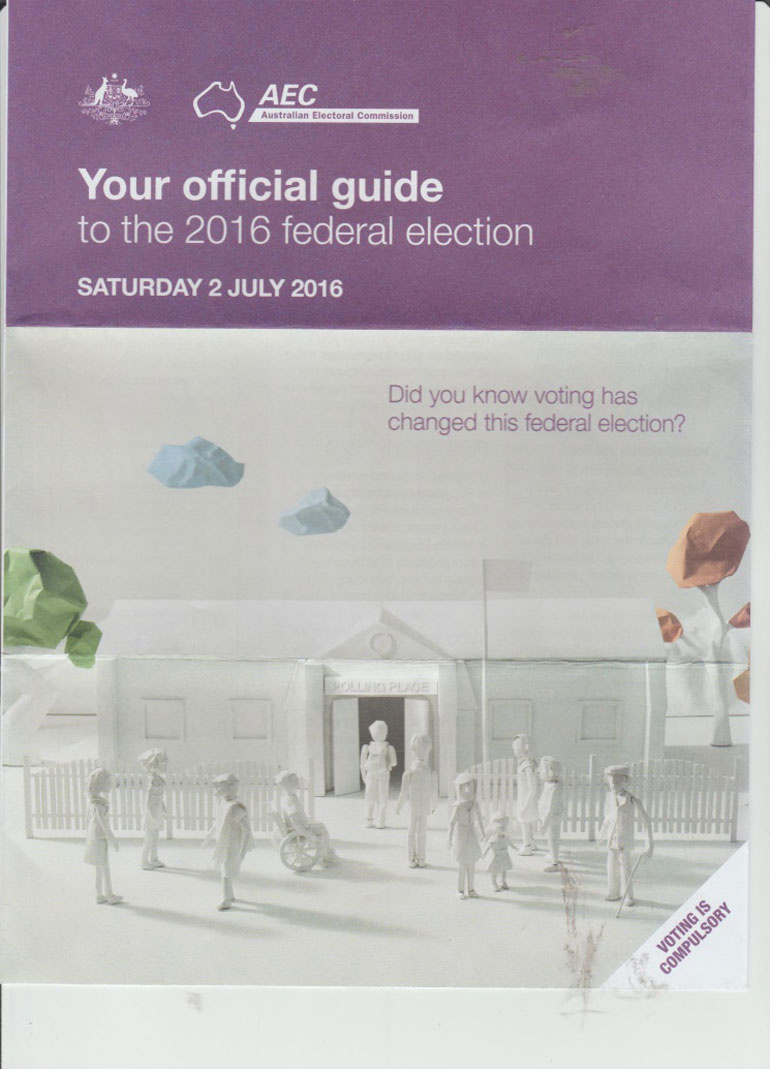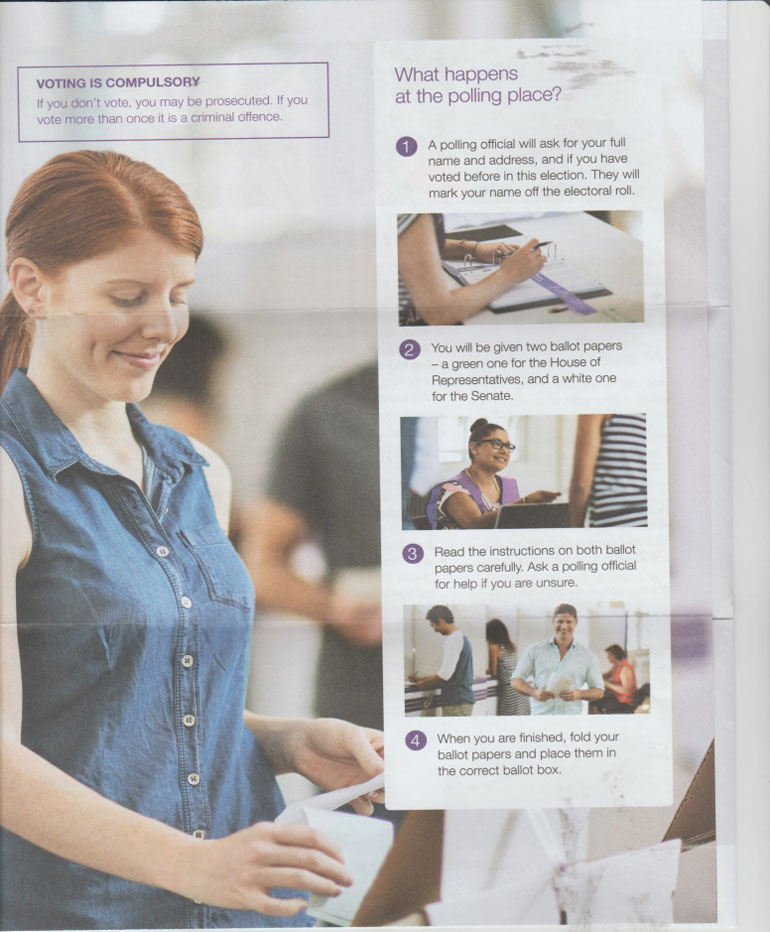Saturday Nov 29, 2025
Saturday Nov 29, 2025
Saturday, 25 June 2016 00:00 - - {{hitsCtrl.values.hits}}

People hardly feel that there will be a general election in Australia in a week’s time. I have yet to see a banner or a poster – only an occasional mailer from a candidate. Visual media provides ample space for the main political parties to discuss their policies.
The leaders of the two main parties – Malcom Turnbull (Liberal) and Bill Shorten (Labour) have appeared in television debates while some channels provide ample entertainment with ‘mock sessions’ discussing issues. TV advertisements feature party leaders briefly outlining their policies. They are crisp and clear.
Australia is one of less than 25 countries in the world where voting is compulsory for citizens aged above 18. While a voter can vote at any polling station of his or her state, if the voter is out of his state on Election Day voting can be done at a designated interstate voting centre of any Australian Electoral Commission (AEC) divisional office in the country. Postal voting is also permitted for anyone. Those abroad can vote at the Australian embassies.
Those who don’t vote are liable to be prosecuted and they have either to pay a fine or face imprisonment in lieu of the fine. From the time the dissolution of Parliament was officially announced several weeks ago, the AEC has been creating awareness through animated TV clips highlighting the need to vote.
The AEC sent out an official guide to households explaining in detail how the voters should use the ballot paper while reminding that voting is compulsory. This year’s guide has a special section to alert the voters that voting has changed in the federal election (as opposed to state elections when members are elected to state parliaments) in relation to the Senate.
Next Saturday’s election is the first double dissolution since 1987 which means both Houses of Parliament have been dissolved and members are being elected for both the House of Representatives and the Senate. The Senators serve a six-year term with half of them retiring once every three years. The House of Representatives goes on for three years unless dissolved earlier.
A mixed system of voting is in operation in Australia. 150 Members to the lower house (House of Reps) are elected through the first-past-the-post system while the 76-member upper house (Senate) comprises of members elected under proportional representation. Voters use separate ballot papers – quite long ones – to elect members of their choice. One is in green (for the House of Reps) and the other is white. Voters have been told to number every box against the name of the candidates in the green ballot paper in the order of your choice.
There are two methods to indicate preferences for the Senate members. In one, called ‘Voting above the line’, the voter has to number at least six boxes from 1 to 6. Then the voter’s preferences will be distributed in the order that the candidates appear below the line for the party or group he has chosen. The other is ‘Voting below the line’ when the candidate has to number at least 12 boxes from 1 to 12. Then the voter’s preferences will be distributed to the individual candidates as numbered on the ballot paper in the order of the voter’s choice.
A party needs 76 seats and above in the House of Representatives to form the government. Wikipedia says that while every federal election after 1961has been won by those that also won the majority of federal sweats in New South Wales, unusually nearly half the marginal government seats are in NSW at this election. Naturally the major parties concentrate on canvassing voters in the marginal electorates since they are aware of the outcome in most others which are labelled as ‘safe’ ones for the party.
